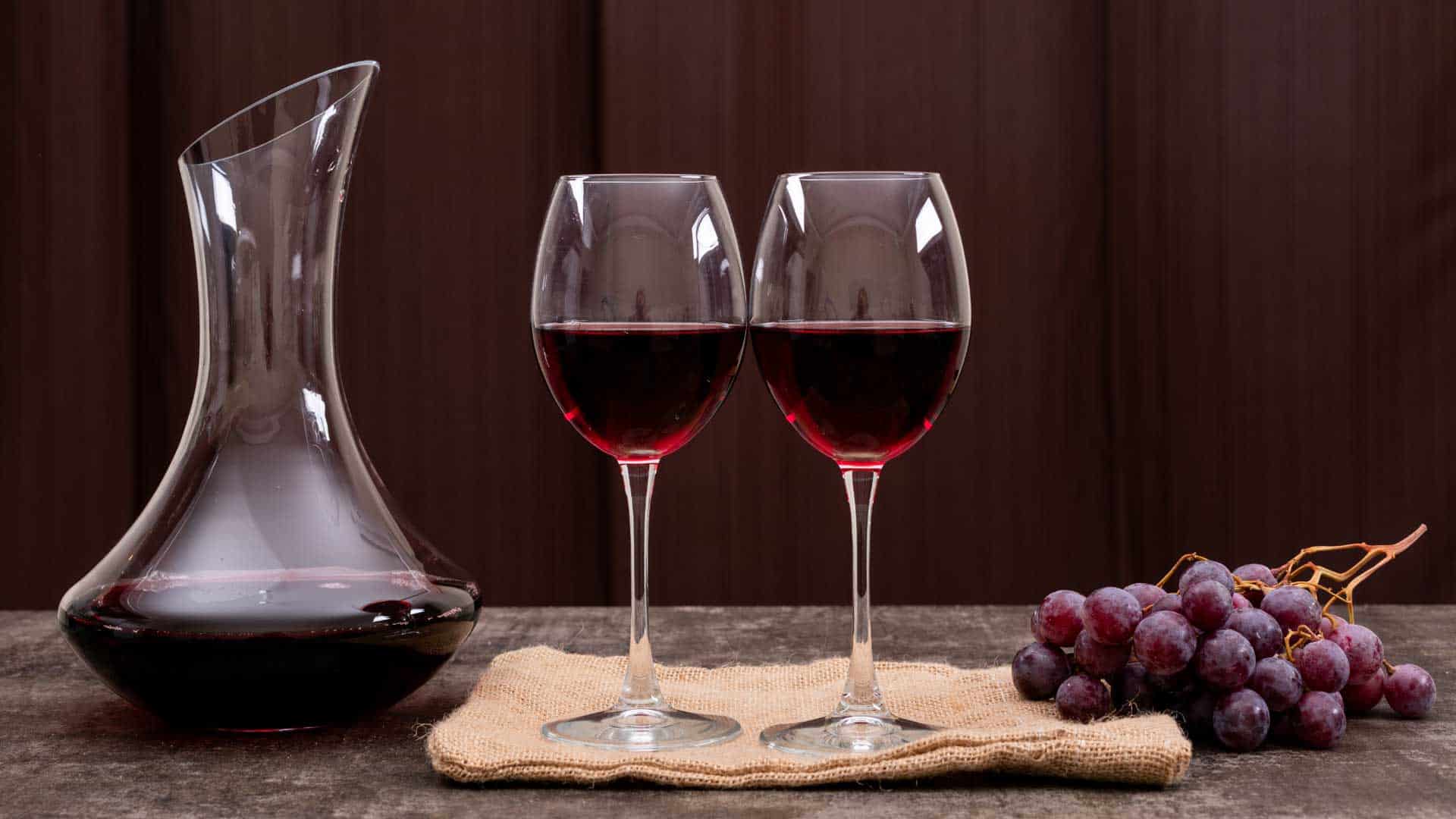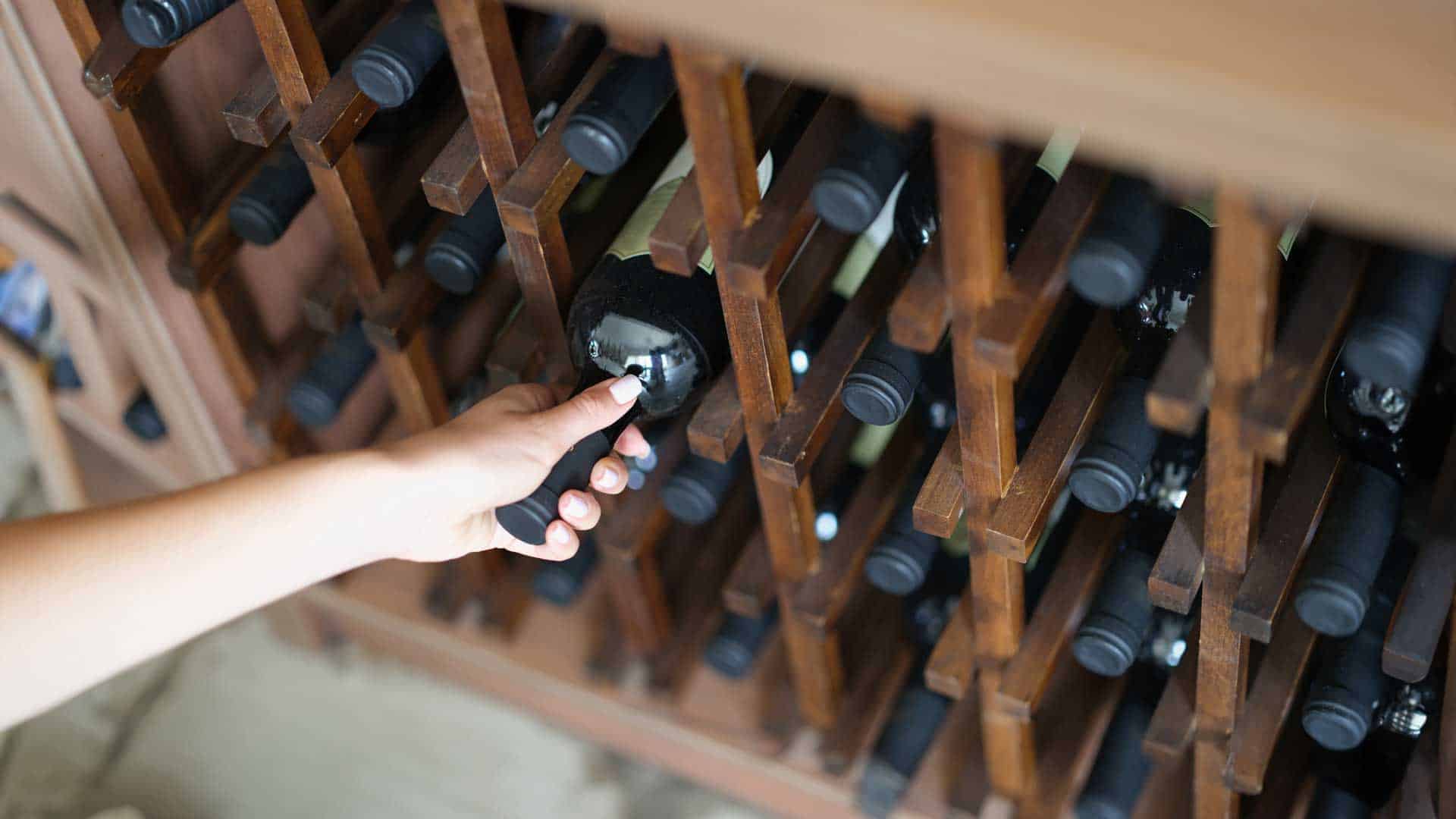The term chambrieren, like so many other expressions in the world of wine, also comes from the French. It means something like “room” and is often used in connection with

In order to prolong the ageing process and thus increase the ageing potential, wines are usually stored much cooler than they are drunk. However, an excellent quality red wine should be enjoyed at 16 to a maximum of 18 degrees so that it can best develop its aromas. Lighter red wines, on the other hand, shine at a temperature of 12 to 14 degrees. As a rule of thumb, wines with a higher tannin content should be drunk warmer than wines with a lower tannin content. In addition, wines should always be enjoyed one to two degrees cooler in summer to improve the taste sensation and increase the summer enjoyment factor.

However, the assumption that room temperature is the ideal drinking temperature is wrong. And double caution is required when champering: our living rooms are much warmer today than they used to be, and since this rule of thumb has also been handed down, wines should never be exposed to today’s temperatures in the room for too long. This is especially true because if the temperature is too high, the alcohol evaporation rate becomes too high, which leads to an unpleasant smell of acidity. And this then masks all other aromas and spoils the entire moment of enjoyment.
| Cellar temperature (in °Celsius) | Serving and drinking temperature for red wines (in °Celsius) Time in minutes | ||||||
| 14°C | 15°C | 16°C | 17°C | 18°C | 19°C | 20°C | |
| 8°C | 39 | 57 | 80 | 105 | 131 | 162 | 195 |
| 9°C | 36 | 54 | 77 | 102 | 128 | 159 | 190 |
| 10°C | 33 | 51 | 74 | 99 | 125 | 155 | 187 |
| 11°C | 28 | 46 | 69 | 94 | 120 | 150 | 182 |
| 12°C | 20 | 38 | 61 | 86 | 112 | 142 | 174 |
| 13°C | 15 | 33 | 54 | 79 | 105 | 135 | 167 |
| 14°C | 0 | 18 | 41 | 66 | 92 | 122 | 154 |
| 15°C | 0 | 23 | 48 | 74 | 104 | 136 | |
| 16°C | 0 | 25 | 51 | 81 | 113 | ||
| 17°C | 0 | 26 | 56 | 88 | |||
| 18°C | 0 | 30 | 62 | ||||
Source table: weinkenner.de

